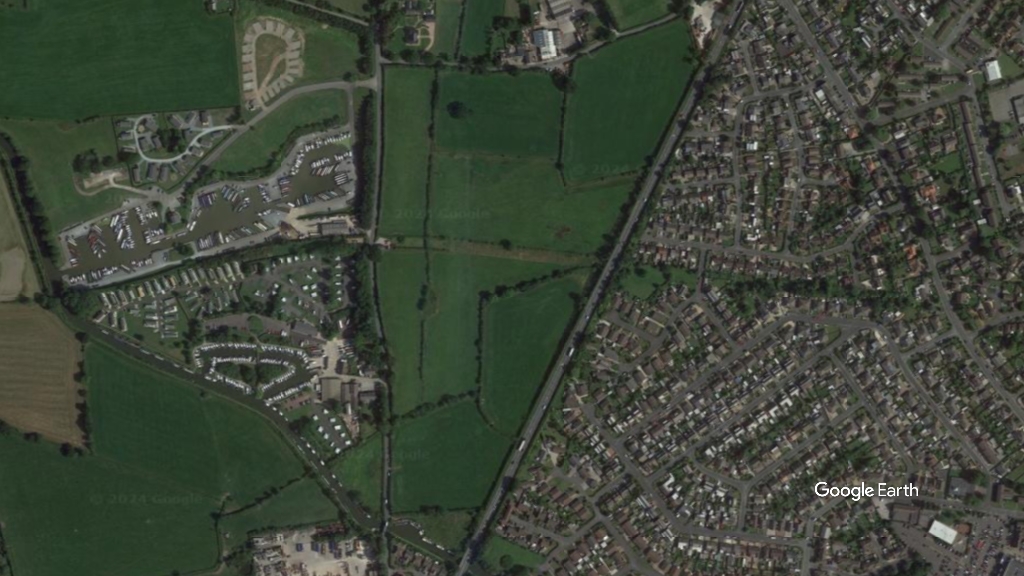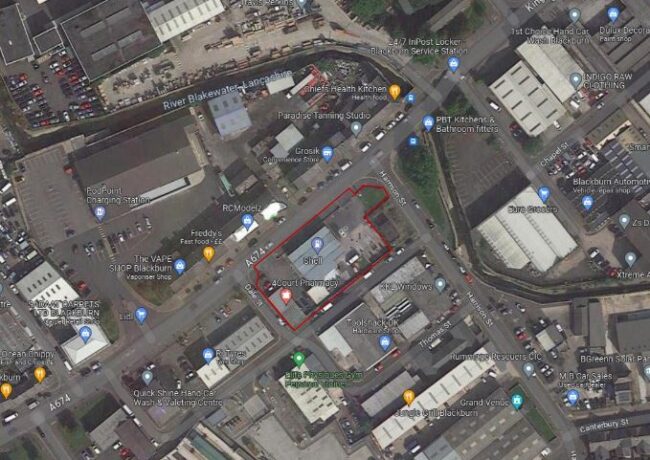Activity-based working – so easy a child can do it
 The last quarter century has seen a slow evolution away from desk-based work, writes Phillippa Barrett of Space Zero.
The last quarter century has seen a slow evolution away from desk-based work, writes Phillippa Barrett of Space Zero.
Year Zero in this regard was arguably 1995, the year the Internet became a fully commercialised domain. Combined with the adoption of mobile phones and laptops, it became possible for work to decouple from a fixed time and place and prompted a great deal of speculation about what it all meant.
Right now the most talked about iteration of this temporal and physical fluidity is Activity Based Working (ABW), in which offices are structured as a series of zones designed to meet the needs of people for different types of task and to meet the needs of different job functions and personality types. In this model people are free to choose where they work and with whom.
Coinciding with this functional shift, there has been a blurring of the aesthetic distinctions between offices and public spaces such as cafes and hotels as well as people’s homes. This is the defining aesthetic characteristic of co-working space and it is now also mainstream in office design terms.
One of the interesting things about the current range of office design models is that its taxonomy was mapped out over 20 years ago by Frank Duffy (also one of the godfathers of facilities management thinking) in his book The New Office. He categorised offices in four types that reflect the evolution of mainstream office thinking and also the current choice of design models.
Describing the office as a hive or a club? The non-territorial office? Integrated workplace strategy? The cafeteria model of space? The office ecosystem? Engineered serendipity? Agile working? The temporal layers of the building? Collaborative space? All forged in the white heat of the technological revolution of the 1990s and identified by Frank Duffy and his contemporaries.
It’s important to realise that what these writers were doing was describing a process whereby existing models of spatial design were being applied to the workplace. Activity Based Working is the core model of design in educational establishments. It’s no coincidence that the new generation of offices being created by the world’s tech giants are not only described as campuses but look and work like them too. People are empowered to decide the structure of their own working day based on project timetables agreed with their employer and colleagues.
It is a model of space use we learn in Primary School. The day is structured around a range of different activities, including rest, nutrition and play, as well as focussed personal work, collaboration and interactions with the teacher and the rest of the class. It is one of the great ironies of the modern workplace that some business leaders worry about empowering staff through Activity Based Working, but trust their own five year olds to work in a very similar environment.
There are a number of benefits associated with this work style, including faster project times, better ideas and working relationships and a reduced need for space. There’s also good evidence that this is the kind of environment in which people prefer to work and it’s certainly better for them. The reason why schools and universities worry less about ergonomics than a traditional office is because the pupils and students move around regularly, something that is important for their physical and mental wellbeing.
Activity Based Working is a logical step for organisations not only because it makes business sense, but also because it is so perfectly aligned with human needs. It’s so simple, a child can do it.
-
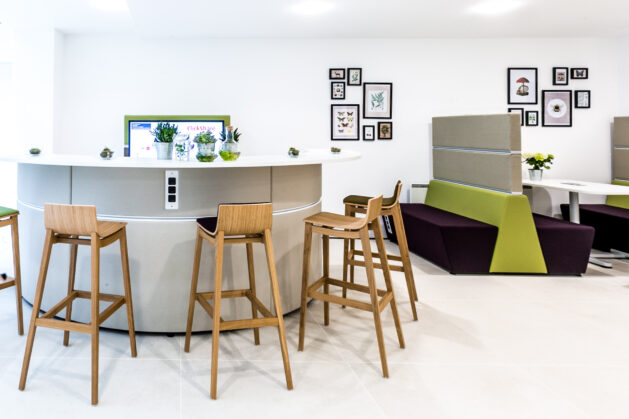
Connection Furniture’s two-floor showroom, designed by Space Zero
-
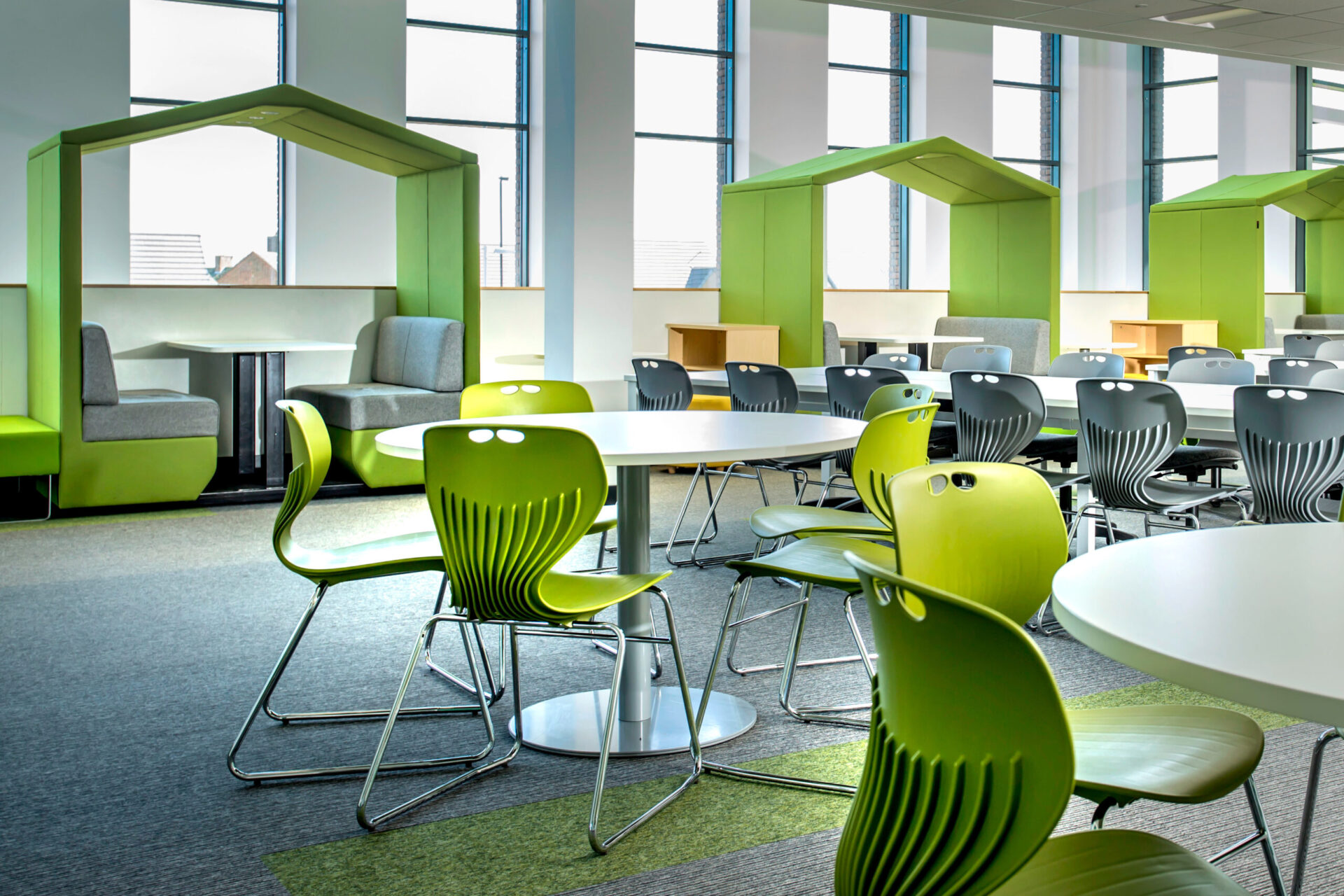
New College Doncaster collaborative space, by Space Zero
-
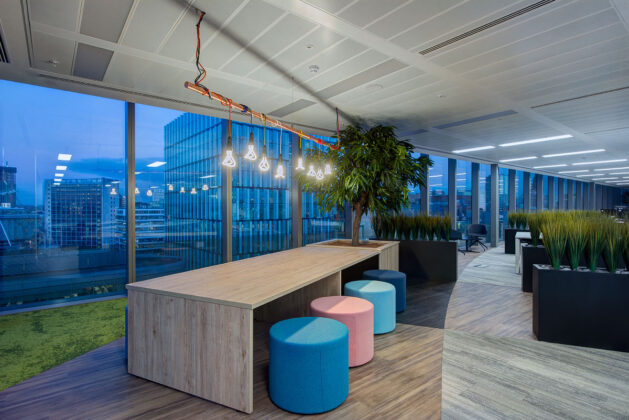
Oliver James co-working office space, designed by Space Zero
This article was originally published through Place Resources



